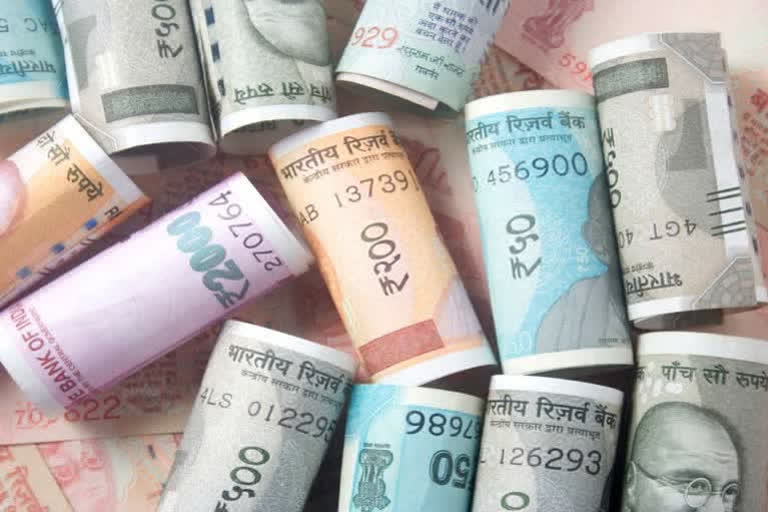New Delhi: The government is confident that the country's economic growth will not be hit even if a third Covid wave hits the country in the coming months as the country is rapidly vaccinating its adult population in a tight race against the deadly virus that has killed more than 4,40,000 people in the country in less than two years.
“Rapidly increasing vaccination coverage and richer experience with pandemic management provide the confidence that the recovery can be continued even in the event of a third wave,” the department of economic affairs said in its monthly report for August this year.
According to the latest health ministry data, the country has administered more than 720 million vaccine doses till Thursday (September 9) as more than 5.9 million doses have been administered today, with the tally expected to go up by the final count done in late night. While more than 550 million people have received at least one dose of India's three approved Covid vaccines, more than 170 million people have received both the doses.
Some health experts have warned that a third Covid wave may hit the country in next few months if a sizeable chunk of the country's population does not follow Covid appropriate behaviour during the festive season that starts in September-October and will last till February-March next year as people visit relatives and friends due to festivals and weddings, increasing the risk of spread of the virus.
Second wave did not hit economy badly
In addition to nationwide vaccination drive which has picked up the pace in the month of August after initial hiccups at the start of the drive, several high frequency economic data indicators suggest that the ferocious second Covid wave that hit the country in May-June this year did not impact the economic growth as badly as was the case in the aftermath of a strict nationwide lockdown announced by Prime Minister Modi in March 2020.
Experts believe that because of the local nature of lockdowns, the economic recovery was swift in comparison with the recovery witnessed after the first lockdown last year.
For example, the GDP growth, which declined by over 24% in the first quarter (April-June 2020) of the last fiscal, registered a growth of more than 20% in the first quarter (April-June 2021) of the current fiscal, namely on account of last year's low base but it showed that the damage caused by the second Covid wave which killed more than 2,50,000 people was less devastating economically.
It shows that the country's economy was able to maintain its momentum despite the second Covid wave raging the country during the entire period of first quarter (April-June 2021) as the world watched in horror the country's difficult battle with the deadly virus as millions of people struggled to arrange oxygen and other life saving drugs to save their loved ones.
“The momentum of India’s economic recovery witnessed since the second half of FY 2020-21 did get disrupted by the second wave. However, the rapid surge in vaccination coverage from 6.4 per cent of the adult population with at least first dose in Q4 of 2020-21 to 31.9 per cent in Q1 of 2021-22 contained the sequential decline in output,” said the report.
Exports, capital expenditure to maintain momentum
The report said the growth in the agriculture sector remained strong with the sowing in the Kharif season this year at a slightly higher level than the normal sowing, and a sharp rebound in manufacturing and construction sectors makes them growth drivers demonstrating the structural strengthening of the Indian economy.
The sharp rise in India’s PMI Services in August to reach an 18-month high of 56.7 shows the revival gaining momentum and also gives confidence to the government that the momentum of economic growth will be maintained.
In addition to these factors, the government believes that an increased capital and infrastructure spending during January-March this year, which lifted the investment to GDP ratio to 32%, will sustain growth in coming months.
Another area of comfort for the government is a strong growth in the country's exports this year. India's merchandise export during April-August this year was nearly $164 billion, which is 67% more than the export during the same period last year, and 23% more than during the same period of FY 2019-20 when the pandemic had not hit the country.
Also Read: Indian economy will reach pre-Covid levels by December, says Sanjeev Sanyal



